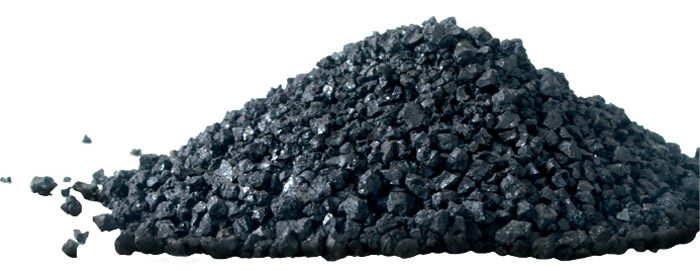No-Till Farmer
Get full access NOW to the most comprehensive, powerful and easy-to-use online resource for no-tillage practices. Just one good idea will pay for your subscription hundreds of times over.

Dan Olk and Dana Dinnes, researchers for the USDA’s Agricultural Research Service, have conducted a number of on-farm studies across the Midwest the last several years to get a better handle on how humic applications affect crops and soil conditions.
The results appear promising in terms of yield response. To read about the results, please go to www.no-tillfarmer.com/humics— The Editors
Nearly everyone likes a good mystery. And to Dan Olk and Dana Dinnes, solving the questions surrounding the viability of humic products in production agriculture has meant a lot of root digging, leaf measuring, crop scanning and number crunching.
The scientists at the USDA’s Agricultural Research Service National Laboratory for Agriculture and the Environment in Ames, Iowa, have spent 6 years studying how applications of humic products affect soils and plants in different locations in the Midwest, and how soil type and weather conditions factor in.
They’ve come away with a conclusion that humic acid products are worth considering to boost plant and root growth and crop yields, but no-tillers should test products on their own farms and have realistic expectations about the results.
In their own research, Olk and Dinnes documented average yield increases of 5-15 bushels an acre for corn and 2-7 bushels for soybeans. They’ve also seen increases in corn stover proportional to those of grain, and an increase in root growth by 15-25%.
“The question here isn’t whether humic products can give you an enormous yield increase to…